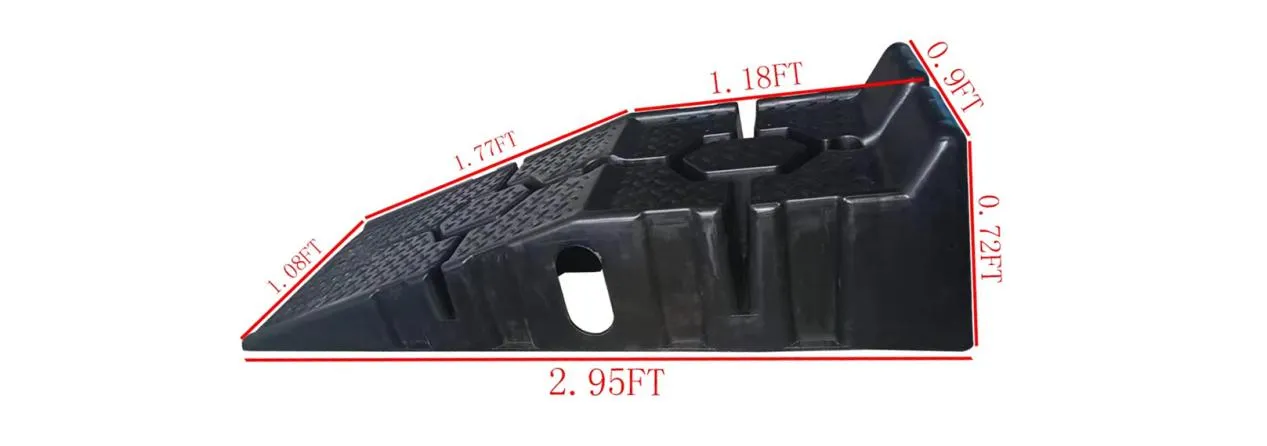1 月 . 13, 2025 14:57
Back To List
car jack where to place
Understanding the proper placement of a car jack is crucial for both safety and efficiency during vehicle maintenance. Whether you're a seasoned mechanic or a DIY enthusiast, correctly using a car jack embodies experience, expertise, authoritativeness, and trustworthiness. Here’s an in-depth guide on where to place a car jack for optimal safety and effectiveness.
For most vehicles, jacking points are located behind the front wheels and in front of the rear wheels, often marked by notches or reinforced metal, which indicates where the jack can be safely placed. Using the incorrect location can result in vehicle damage or even personal injury, underscoring the importance of having detailed knowledge on the subject. Position the jack under the jacking point, ensuring that it’s centered for stability. If using a hydraulic or bottle jack, pump the handle until the pad makes firm contact with the jacking point. For a scissor jack, turn the screw to raise it. Elevate the vehicle just enough to accomplish your task, whether it’s changing a tire or inspecting the undercarriage. Excessive lifting may destabilize the jack, reducing safety and trustworthiness in your maintenance process. Using jack stands is an added measure of safety once the vehicle is lifted. Place these stands under the manufacturer-recommended jacking points and slowly lower the jack until the vehicle rests securely on the stands. This step demonstrates a commitment to safety, showcasing expertise by ensuring that the weight of the vehicle isn’t solely reliant on the jack. In summation, proper placement of a car jack involves an informed approach—choosing the correct jack type, securing the vehicle, accurately identifying jacking points, and safely using tools like jack stands. By following these guidelines, you uphold the principles of experience, expertise, authoritativeness, and trustworthiness. Always consult your vehicle’s specific manual for any unique instructions and incorporate your own experiences to refine your approach, positioning you as both knowledgeable and reliable in automotive maintenance.


For most vehicles, jacking points are located behind the front wheels and in front of the rear wheels, often marked by notches or reinforced metal, which indicates where the jack can be safely placed. Using the incorrect location can result in vehicle damage or even personal injury, underscoring the importance of having detailed knowledge on the subject. Position the jack under the jacking point, ensuring that it’s centered for stability. If using a hydraulic or bottle jack, pump the handle until the pad makes firm contact with the jacking point. For a scissor jack, turn the screw to raise it. Elevate the vehicle just enough to accomplish your task, whether it’s changing a tire or inspecting the undercarriage. Excessive lifting may destabilize the jack, reducing safety and trustworthiness in your maintenance process. Using jack stands is an added measure of safety once the vehicle is lifted. Place these stands under the manufacturer-recommended jacking points and slowly lower the jack until the vehicle rests securely on the stands. This step demonstrates a commitment to safety, showcasing expertise by ensuring that the weight of the vehicle isn’t solely reliant on the jack. In summation, proper placement of a car jack involves an informed approach—choosing the correct jack type, securing the vehicle, accurately identifying jacking points, and safely using tools like jack stands. By following these guidelines, you uphold the principles of experience, expertise, authoritativeness, and trustworthiness. Always consult your vehicle’s specific manual for any unique instructions and incorporate your own experiences to refine your approach, positioning you as both knowledgeable and reliable in automotive maintenance.
Products categories
Latest News
-
Unlock the Power of the Spring Compressor for Your Projects
NewsApr.01,2025 -
Unlock the Power of Safe and Efficient Compression with the Spring Compressor
NewsApr.01,2025 -
Unlock Maximum Efficiency with the Spring Compressor
NewsApr.01,2025 -
Maximize Efficiency and Safety with the Spring Compressor
NewsApr.01,2025 -
Discover the Efficiency of the 2 Ton Foldable Shop Crane: A Must-Have for Auto Repair and More
NewsApr.01,2025 -
Discover the Best Spring Compressor for Your Needs
NewsApr.01,2025 -
Unlock the Full Potential of Your Workspace with the Tools Trolley
NewsMar.21,2025















